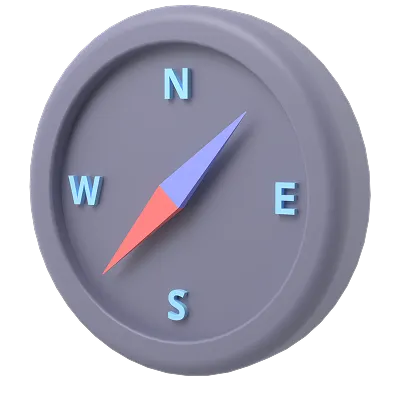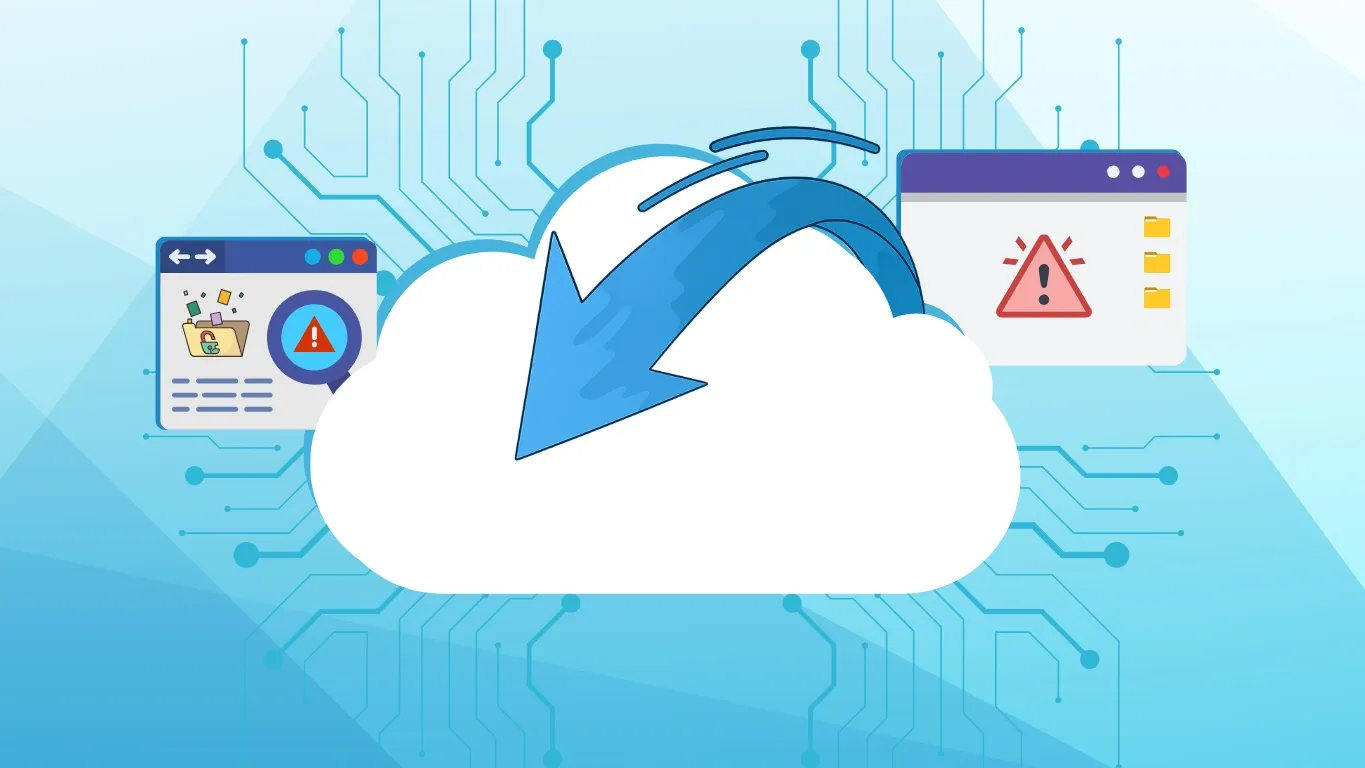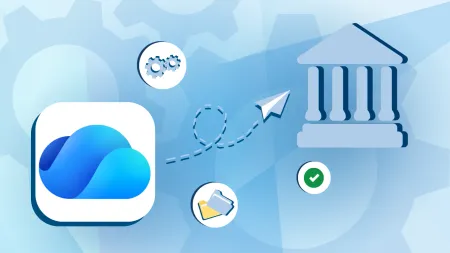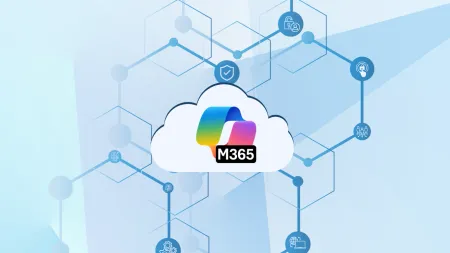Identifying Critical Data and Applications for Backup in Azure
Learn how to identify and prioritize your critical data and applications for backup in Azure to reduce risk, ensure business continuity, and meet compliance requirements.

This is Post #4 of our Cloud Backup Planning & Assessment for Microsoft 365 and Azure Series
If you missed the earlier posts, start here to get the full picture:

Zeroing in on the specific pieces of critical data and applications within your backup plan for Azure serves many purposes. It adds value to your business because you can keep critical data safe and secure within your systems. However, it is also useful from a compliance standpoint because it is often necessary to retain specific types of data for regulatory purposes. Also, you may need to recover certain pieces of data more urgently than some others, and that is also something that you ought to consider when creating your plan.
Defining Criticality in Your Azure Environment
Not every piece of data carries the same level of importance to the success of a business. As such, it is imperative that all businesses identify the critical pieces of data that will make the difference. Doing so means looking at the characteristics of the data you possess and searching for specific pieces of data that have certain qualities. The most important data will have one or more of the following:
-
Mission Critical Data - This is the data that you absolutely cannot function without as a business. Important things such as payroll data, sales figures, and budgetary data are all mission critical and must always be accessible. Losing any bit of this data can lead to devastating consequences and must be protected at all costs.
-
Compliance Driving Data - Pieces of data that keep your business within compliance of all regulations that it is subject to. This data is vital because without it, you risk violating critical compliance standards that you are obligated to uphold.
Those are the kinds of things that you don’t want to overlook, and that data should be right at the top of your list for protecting and recovering.
Identifying Critical Applications
One of the things that all businesses should do is identify critical applications that help various departments operate the way that they are designed to. Some of the types of applications that help keep your business running strong include:
-
HR Applications - Managing your workforce is complex, and your HR department relies on multiple applications to store and organize employee data. Keeping these applications running smoothly is essential to ensure uninterrupted access to critical workforce information.
-
Communications Platforms - The employees who work for you should be constantly able to communicate with one another about work-related tasks and assignments. Much of this communication is done via various communication platforms. Those platforms need to remain available for employees to accomplish as much as they possibly can.
-
Payroll Systems - Whichever system you use for payroll purposes, you need to ensure that it is always operating the way that you need it to. Otherwise, you run the risk of missing a payroll run and angering employees. They may even stop working for you altogether over something like that. Thus, this is also a mission-critical application that needs to be secured immediately.
You may discover additional applications that you want to backup and protect as you go down the list. Keep all of this in mind and consider the many meaningful applications within your system that make a difference for how you run your business.
Assigning Backup Policies Based on Criticality
Determining how you will create a backup plan for your data should be based entirely on the criticality of the data itself. In other words, you ought to put extra emphasis on backing up the data that most directly plays a role in the day-to-day functioning of your business. It should receive priority for backup. If your budget is particularly tight, then you need to guarantee that this is the type of data that is gaining access to your backup systems before anything else.
Tools for Discovering Critical Assets
It is all fine and well to say that you should put extra work into protecting critical assets, but that can be challenging to do when you don’t know exactly what those assets are. Here are some tools that you can use to help determine this:
-
Azure Resource Graph - This is an extension tool built into the Azure system itself that is meant to make it easier to explore all the resources that are available within your system. This can help you narrow down which pieces of data are truly essential and which are not.
-
Microsoft Defender for Cloud - Ideal for helping to defend and protect your applications throughout their entire lifecycle, Microsoft Defender for Cloud is something that you can use once you have discovered which apps you most need to protect.
-
Manual Audits - You can also lean into manual audits to help uncover what your most important applications and data are. This often involves speaking with the stakeholders within your company who use these apps every day to determine what they truly value. After all, they are the ones who are using the apps every day, so they should have some input into this process.
Most companies choose to use a combination of the resources above to help them get the results that they need. It is ideal because it means that they can run through everything with a fine-toothed comb and uncover what is truly valuable.
Backup Plans Start by Identifying the Most Important Data
Every backup plan worth the effort begins by identifying the most critical data to the company. This doesn’t mean that the only data that is backed up is what is uncovered in this process, but it is fair to say that this is where it should begin. Many companies have limited resources, and they must do what they can to stretch those resources to meet their goals.
Going down the line and identifying the apps and data that needs to be backed up first is a mission that you should take on wholeheartedly. Get through that part of the process and then begin to implement your overall strategy. For more information on how to get started, contact us today to discuss your goals.





